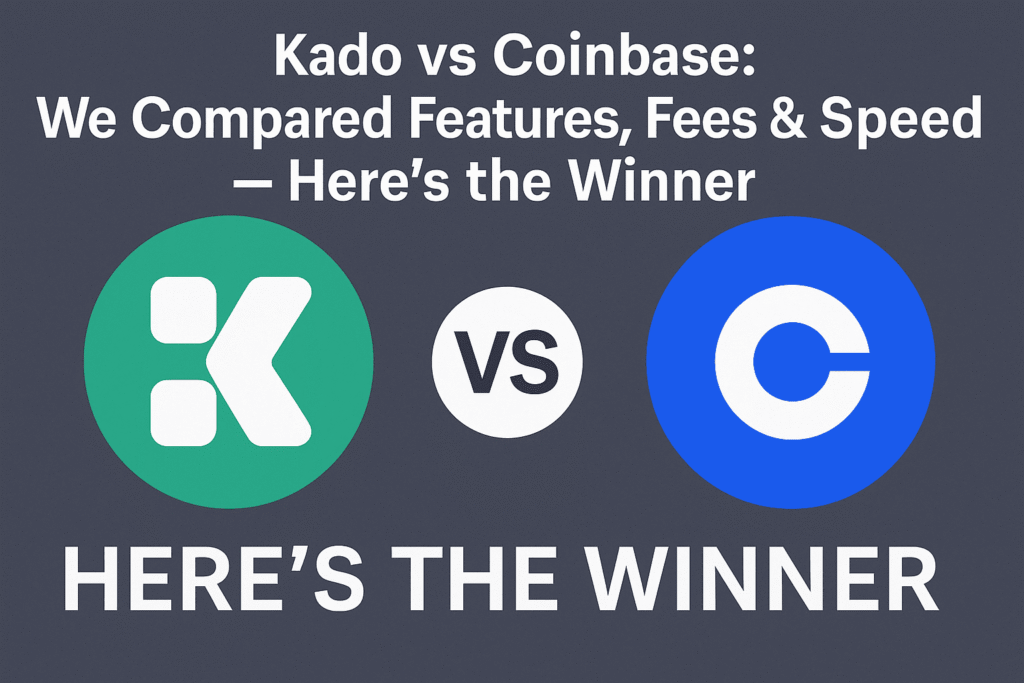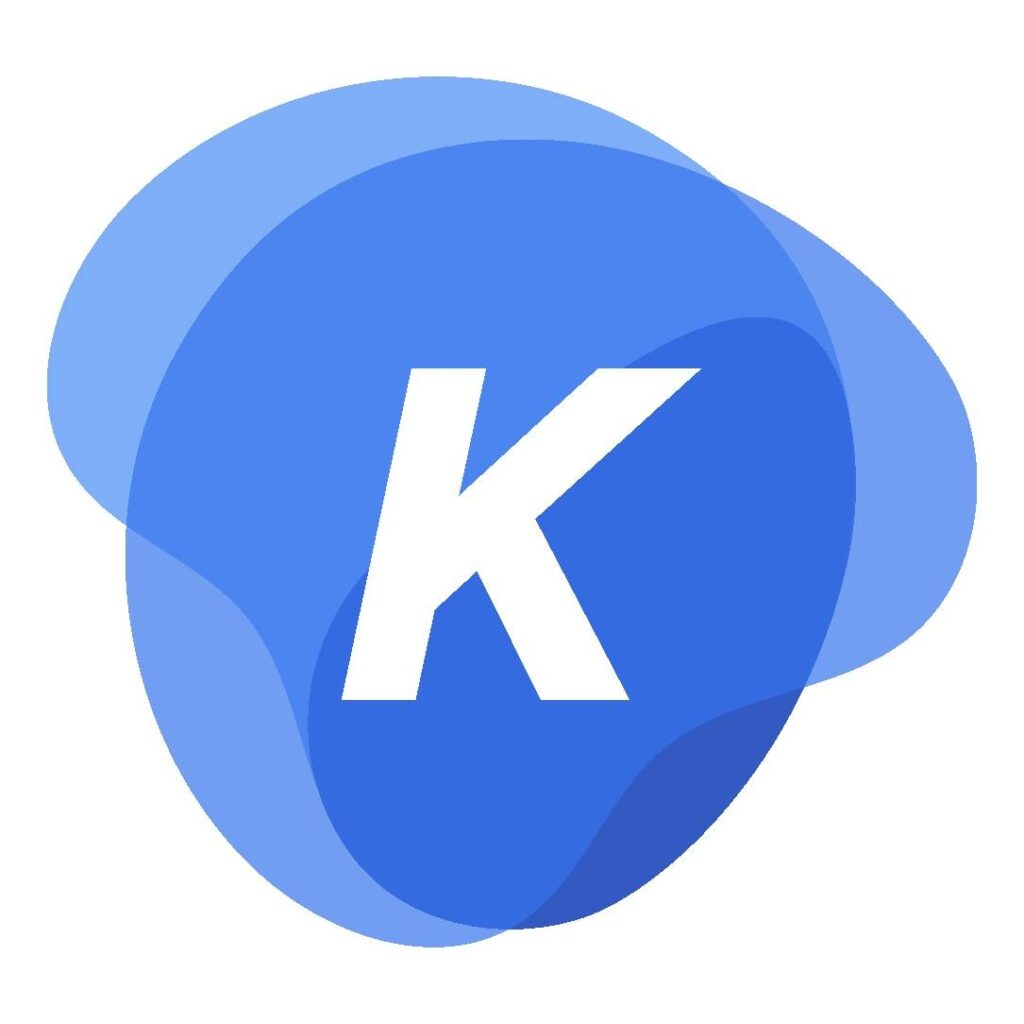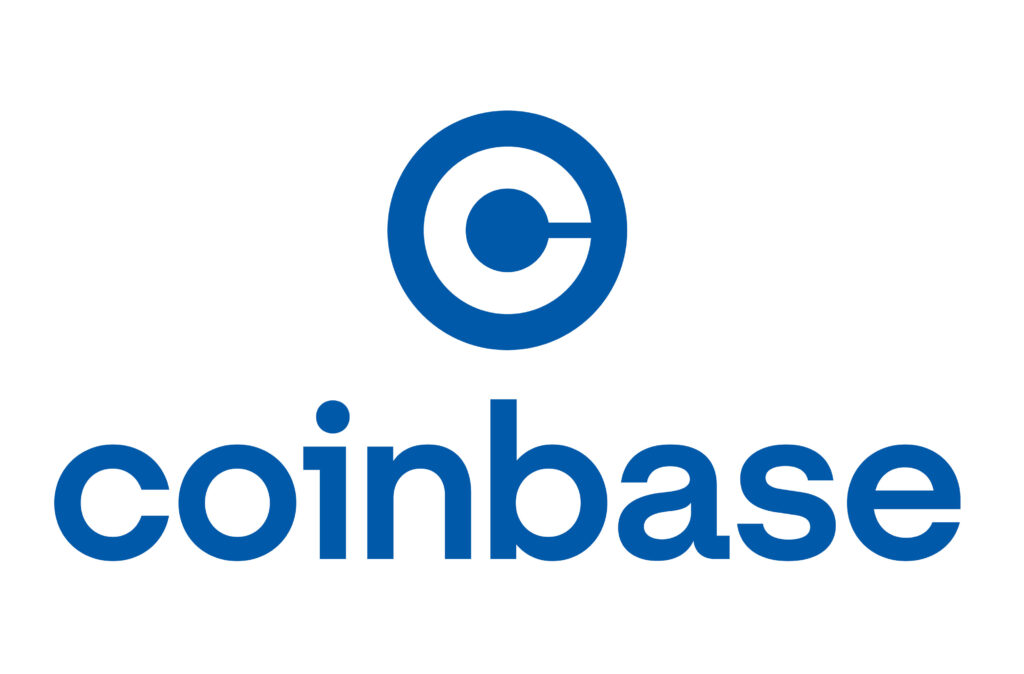Kado vs Coinbase: We Compared Features, Fees & Speed — Here’s the Winner

Introduction – Kado vs Coinbase: We Compared Features, Fees & Speed — Here’s the Winner
So you’re stuck between Kado and Coinbase, huh? Whether you’re new to crypto or just tired of getting slammed with fees and slow transactions, this comparison is going to save you time, money, and stress. In 2025, speed, transparency, and user control matter more than ever — and we’re diving deep into which platform wins on all fronts.
Why This Comparison Matters in 2025
With regulations tightening and user demands evolving, choosing the right crypto platform is no small task. You want something fast, cost-effective, secure, and beginner-friendly — and both Kado and Coinbase are strong contenders.
Who Should Read This?
- Beginners looking to buy their first crypto
- Traders comparing platforms
- Anyone frustrated with Coinbase fees or looking for alternatives
Overview of Kado

What is Kado?
Kado is a new-age fiat on-ramp and crypto payments platform. Think of it as the Venmo-meets-Crypto app. It’s built for speed and simplicity, helping users onboard into crypto in seconds using cards or bank transfers.
Kado’s Mission and Target Audience
Kado targets crypto-first users and dApp developers who want faster, cleaner fiat integrations. It’s ideal for Web3-native users who prioritize non-custodial freedom.
Supported Assets and Services
Kado supports direct USDC purchases and is expanding fast into stablecoins, major tokens, and fiat off-ramp capabilities.
Official Website – Kado
Overview of Coinbase

What is Coinbase?
Coinbase is one of the largest centralized crypto exchanges globally. It’s publicly traded, well-regulated, and offers everything from simple crypto buys to staking, NFTs, and advanced trading tools.
Coinbase’s Reputation in the Crypto Space
Coinbase is trusted but often criticized for high fees and slow customer support. Still, it’s beginner-friendly and compliant with U.S. laws.
Global Reach and Services
Available in over 100 countries, Coinbase offers custodial wallets, mobile apps, Coinbase Pro (now Advanced Trade), and more.
Official Website – Coinbase
Kado vs Coinbase: Quick Comparison Table
| Feature | Kado | Coinbase |
|---|---|---|
| Type | Non-custodial on-ramp | Centralized exchange |
| Ease | Simple, mobile-first | Beginner-friendly |
| Fees | 1–2%, transparent | 1.5–4% + hidden spreads |
| Speed | Instant | Slower (ACH/card delays) |
| Staking | Not yet | Available |
| Security | Wallet-controlled | Insured, custodial |
| Support | Fast, responsive | Slower, mixed reviews |
| Best For | Fast, low-fee crypto buys | Full features, staking |
User Interface and Experience

Kado’s Interface – Simple and Mobile-First
Kado shines with its clean, minimal design that feels like using a fintech app — not a clunky exchange. It’s built mobile-first, and onboarding is a breeze.
Coinbase’s Dashboard – Feature-Rich and Beginner-Friendly
Coinbase has more buttons, more features, and a helpful learning center — but it can feel overwhelming if you’re just here to buy USDC or ETH fast.
Which One is More Intuitive?
Winner: Kado — Less clutter, faster actions.
👉 Squads vs Binance: Which Crypto Trading App Is Best for New Investors in 2025?
Fees and Charges

Kado’s Fee Structure Explained
Kado charges around 1%-2% per transaction, but no hidden spreads. What you see is what you get.
Coinbase’s Fees – Standard vs Pro
Standard Coinbase charges ~1.49% to 3.99%, depending on payment method. Advanced Trade is cheaper but still has spreads baked in.
Hidden Costs to Watch Out For
Coinbase’s conversion spreads and withdrawal fees can drain your balance quietly. Kado keeps it transparent.
Winner: Kado
Speed and Performance
How Fast is Kado for Fiat On-Ramps?
Kado is insanely fast — most USDC purchases settle in under 60 seconds via card.
Coinbase Transaction Speed Benchmarks
Coinbase ACH transfers may take days. Card purchases are faster but still slower than Kado in most tests.
Which Platform Delivers Quicker Trades?
Winner: Kado
Supported Countries and Compliance
Where is Kado Available?
Kado is available in 30+ countries, including the U.S., and rapidly expanding.
Coinbase’s Regulatory Footprint
Coinbase is fully licensed in the U.S., with extensive KYC/AML compliance globally.
Compliance and KYC Experience
Both platforms require KYC, but Kado’s process is faster and feels less invasive.
Security Measures
Is Kado Safe?
Yes — Kado is non-custodial, meaning your funds never sit with them. Less risk, more control.
Coinbase’s Proven Security Record
Coinbase offers insurance for custodial assets, 2FA, and FDIC protection on fiat balances.
Insurance and Asset Protection
Coinbase wins for insurance, but Kado wins on decentralized safety.
Unique Features
What Sets Kado Apart?
- USDC-first on-ramps
- Lightning-fast checkout
- No custody risk
Coinbase’s Ecosystem (NFTs, Earn, Wallet)
Coinbase offers:
- Learn & Earn
- NFT marketplace (limited traction)
- Self-custody wallet app
Bonus Features That Add Value
Coinbase has more bells and whistles — but if you want just fast fiat to crypto, Kado beats it.
Staking Options
Can You Stake Crypto on Kado?
Not yet, but it’s in development.
Coinbase’s Popular Staking Options
Stake ETH, SOL, ADA, and more with competitive APYs directly from your dashboard.
APY Comparison
Coinbase offers 4%-6% on various assets, but fees are deducted from rewards.
Customer Support
Kado’s Support Responsiveness
Live chat is responsive and helpful. Email turnaround is 24 hours.
Coinbase Support – Hit or Miss?
Known for slow responses, especially for complex account issues.
Support Channels and Wait Times
Kado wins with more personal attention.
Pros and Cons Side-by-Side
Kado Pros & Cons
Pros:
- Fast onboarding
- Transparent fees
- Mobile-first
- Non-custodial
Cons:
- Limited token support (for now)
- No staking yet
Coinbase Pros & Cons
Pros:
- Deep liquidity
- Trusted brand
- Lots of features
Cons:
- High fees
- Slow support
- Custodial model
Use Cases: Which App is Best for You?
For First-Time Crypto Buyers
Go with Kado — quick and easy.
For Active Traders
Coinbase Advanced has more tools.
For Long-Term Holders
If staking is important, Coinbase wins — but watch those fees.
Final Verdict: Kado or Coinbase?
Key Takeaways
- Fees? Kado wins.
- Speed? Kado wins.
- Features? Coinbase wins.
Our Recommendation Based on Use Case
If you’re all about fast, cheap crypto buys, Kado is the clear winner. If you need staking, pro tools, or an ecosystem, Coinbase still has its place.
Conclusion
In the battle of Kado vs Coinbase, the winner depends on your needs. For 2025’s fast-paced crypto users who want speed and control, Kado is the rising star to watch. But Coinbase still serves as a powerful all-in-one hub for those who don’t mind paying a little more.
FAQs
Is Kado better than Coinbase for beginners?
Yes — it’s faster, simpler, and has fewer steps for first-time buyers.
Which app has lower fees — Kado or Coinbase?
Kado generally has lower and more transparent fees.
Can I use both Kado and Coinbase?
Absolutely. Many users buy on Kado and store or stake on Coinbase.
Is Kado available in the U.S.?
Yes, Kado is fully available in the United States and several other countries.
Which one offers better staking rewards?
Coinbase does — but you’ll pay hidden platform fees on rewards.
_Please don’t forget to leave a review

2 Comments